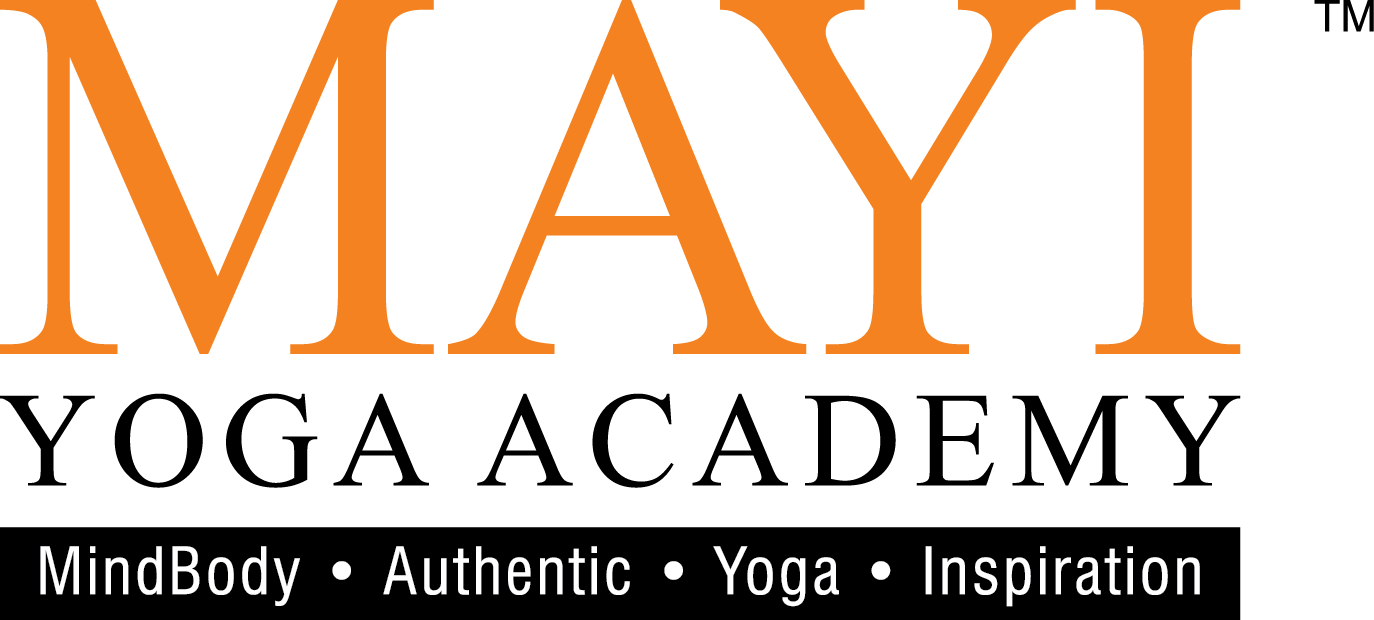The Joy of Looking Inside at No Cost at All
- June 8, 2018
- Posted by: admin
- Category: Featured Content,

By Chandra Nanthakumar
We currently live in a society where diseases pertaining to not only the heart, skin, lungs, genitalia and hormone levels, but also body tissues, are becoming more and more prevalent. Amongst these, heart disease was found to be the prime killer in Malaysia in the last decade.
The National Heart Institute in Kuala Lumpur revealed that it treats approximately 150, 000 patients with heart issues per year (Maher, 2017).
One can just imagine the total number of heart patients in the country if statistics were to be obtained from all other private and public hospitals.
This is just about the heart, and if statistics of another disease inflicting our community is investigated, there would be another story to tell. Basically, for almost all diseases, most hospitals provide comprehensive care, and this, amongst other things, involves regular screening, consultation, pharmacotherapy, surgical therapy, and the list goes on. These facilities, whether they bring about early detection, instant cure or no cure at all, are definitely affordable to the higher-income groups. However, it can be an overwhelming situation for the lower-income community. This is one of the reasons why some just perish prematurely.
Self healing power
Coming back to reality, the human body has the ability to heal itself, which many are not aware of. Due to this ignorance, when a person is taken ill, the first thing the family does is to consult the most popular doctor in town and go in search of the state-of-the-art technology with the hope of finding an immediate cure. I reckon we have seen enough with our own eyes and read in the media that sometimes even modern-day treatment fails to produce results. Many have breathed their last at the surgical table.
While allopathic medicine treats symptoms; or the pathophysiologic processes of diseases or conditions; chances of recurrence is definitely not absent. Hence, when there is a relapse, patients either go back to the hospital or hop from one clinic to another in desperation for better treatment. Most look OUTSIDE for solutions. I imagine this can only go on for as long as their bank accounts are not in the red.
It would be great if all of us could find time to look within. This activity of looking within comes at no cost, but its benefits are tremendous. One way to tap into the inner potentials of the mind and body, and look within, is through the practice of yoga.
This ancient practice, which is more than 10,000 years old, has proven to be so powerful in balancing not only emotional and physical aspects, but also spiritual health for decades (Rankin-Box, 2015).
According to Swami Swatmarama, the practice of hatha yoga — the aspect that deals with the body — leads to the purification of the body and makes it fit, nimble and light. Once the body is fit, it becomes an apt vehicle for the practices of mind control. This is precisely what Maharishi Patanjali, the Father of Yoga, prophesied in Sutra 1.2: Yogas Citta-Vrtti-Nirodhah, which simply means the practice of yoga is to remove the fluctuations of the mind (Stiles, 2013). When this state is achieved, one would be able to experience aesthetic levels of joy and good health.
Unlike pharmaceutical medications or any form of drug therapy, yoga cannot be packed into a box, nor can it be simply practiced mindlessly. The asanas, or postures, performed are coordinated with breath, and when done correctly under appropriate guidance, one will be able to experience tremendous changes. These changes include enhanced flexibility, toned muscles and improved breathing patterns. This is not all. As the practitioner focuses on going into the asana, staying in the asana, and coming out of the asana, he or she begins to connect with the inner self. This is when the mind begins to experience a state of calmness and the body becomes relaxed. When the mind and body are relaxed, healing can take place.

Hence, by practising yoga, the emotional and spiritual strengths are elevated. With regular and sincere practice, one is able to address personal conflicts, anxieties, hopes and fears (Rankin-Box, 2015). Regular yoga practice also heightens one’s awareness about how the body actually feels and helps restore balance. This is one of the reasons why regular practitioners of yoga rarely see the doctor. Their free time is invested in the yogic practices.
As a yoga wellness consultant practitioner/instructor, here’s my sharing.
Whenever I get a headache, I practice anuloma–viloma (alternate nostril breathing), and it wanes within minutes.
Ever since I started with my yogic practices almost a decade ago, I have bowel movements daily, unlike in the past, when it happened only a few times a week. Deep yogic breathing helps me cope with stressful situations at work and home. Whenever a sense of anxiety creeps up on me and my heart begins to palpitate, I bring my awareness to apana vayu; or my fingers will automatically position themselves into surya mudra — hand gesture that helps to regulate the heart beat and reduce anxiety. My daily asana practice helps me keep my body mass index within an acceptable range.
Over the years, I have come to realise that in order to keep doctors at bay and the medicine cupboard out of sight, yoga has to be practiced with joy, reverence and diligence. You can buy the most expensive drug at the pharmacy, which may or may not be the cure to an ailment, but you cannot buy yoga. It has to come from within for one to enjoy its magnificent benefits and keep diseases at bay. If you have not started practicing yoga, it is not too late. If you require any assistance or guidance, feel free to speak to any of the yoga wellness consultants at MAYI Yoga Academy.
Referance
- Maher, H. (2017, 29 Aug). Only 7,000 Specialists In Malaysia, We Need More Doctors To Specialise. Retrieved from http://www.malaysiandigest.com/news/695075-only-7-000-specialists-in-malaysia-we-need-more-doctors-to-specialise.html
- Rankin-Box, D. (2015) The science of yoga — what research reveals. Retrieved from https://www.elsevier.com/connect/the-science-of-yoga-what-new-research-reveals
- Stiles, M. (2013). Structural yoga therapy – Adapting to the individual. San Francisco, CA: Weiser Books.
